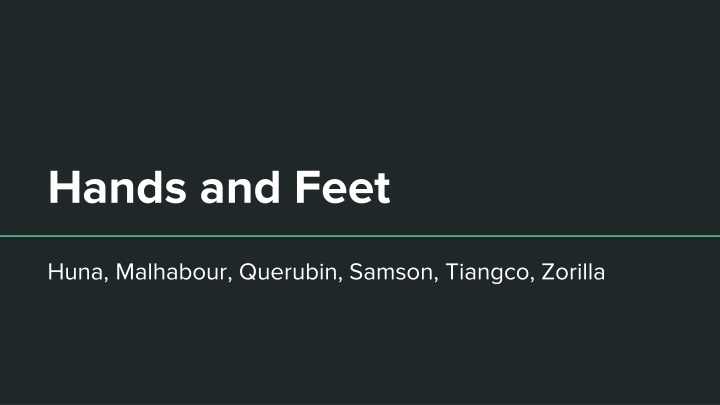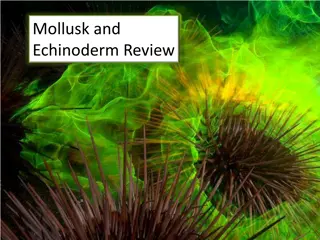Hands and Feet
The unique characteristics and care needs of hands and feet skin. Learn about the anatomy, physiology, moisturization, and hygiene practices essential for maintaining healthy and soft skin on your hands and feet. Discover the formulations and products necessary to address skin dryness, calluses, and hydration, ensuring optimal skin health for both areas.
Download Presentation

Please find below an Image/Link to download the presentation.
The content on the website is provided AS IS for your information and personal use only. It may not be sold, licensed, or shared on other websites without obtaining consent from the author.If you encounter any issues during the download, it is possible that the publisher has removed the file from their server.
You are allowed to download the files provided on this website for personal or commercial use, subject to the condition that they are used lawfully. All files are the property of their respective owners.
The content on the website is provided AS IS for your information and personal use only. It may not be sold, licensed, or shared on other websites without obtaining consent from the author.
E N D
Presentation Transcript
Hands and Feet Huna, Malhabour, Querubin, Samson, Tiangco, Zorilla
Characteristic of the skin area Anatomy and Physiology Formed of many tiny muscles and bones = agility Vector for nose, eye, and mouth tissue infections Eccrine glands - sweat glands; largely under emotional control (warm weather and stressful conditions) Callus - thickened skin; retained keratin layers
Skin Care Needs Hand moisturization Hand moisturizers should be designed to occlude the skin reducing trans-epidermal water loss, rehydrate the skin through the use of humectants, alleviate itch and pain, and smooth the skin surface with emollients. Photoprotection Photoaging UV A Aggressive anti-aging therapy
Hygiene needs Excessive hand washing Take toll physiologically (e.g. sebum lacking skin of the palms) Can be considered as a medical disease (obsessive-compulsive disorder)
Formulation needs Highly occlusive and emollient hand creams Necessary to rehydrate damaged keratin and create an optimal environment for barrier repair Usually contains petrolatum, mineral oil, or lanolin
Characteristic of the skin area Almost the same as hands Different type of epithelium on the dorsal and plantar surface Hair on dorsal surface, none on plantar surface Few sebaceous glands and numerous sweat glands on the plantar surface Anatomy Sole of the foot - made up of tough keratin
Skin care needs Use of moisturizer to minimize dryness and soften calluses Urea, lactic acid Foot moisturizers Occlusive and humectant substances Prevent hard skin Moisturised skin has more elasticity and is better able to accommodate the movements of the foot When skin is hydrated, it s less likely to become cracked and damaged over time
Hygiene needs Aggressive hygiene is needed Prevent infection Control odor Foot odor Mixture of sweat with bacteria in a closed environment Hyperhidrosis - excessive sweating
Formulation Needs Foot moisturizers must be similar to hand moisturizers in that both occlusive and humectant substances must be incorporated Used to prevent foot dryness and soften calluses Physical act of rubbing a moisturizer on the feet can also help desquamate dead skin

























